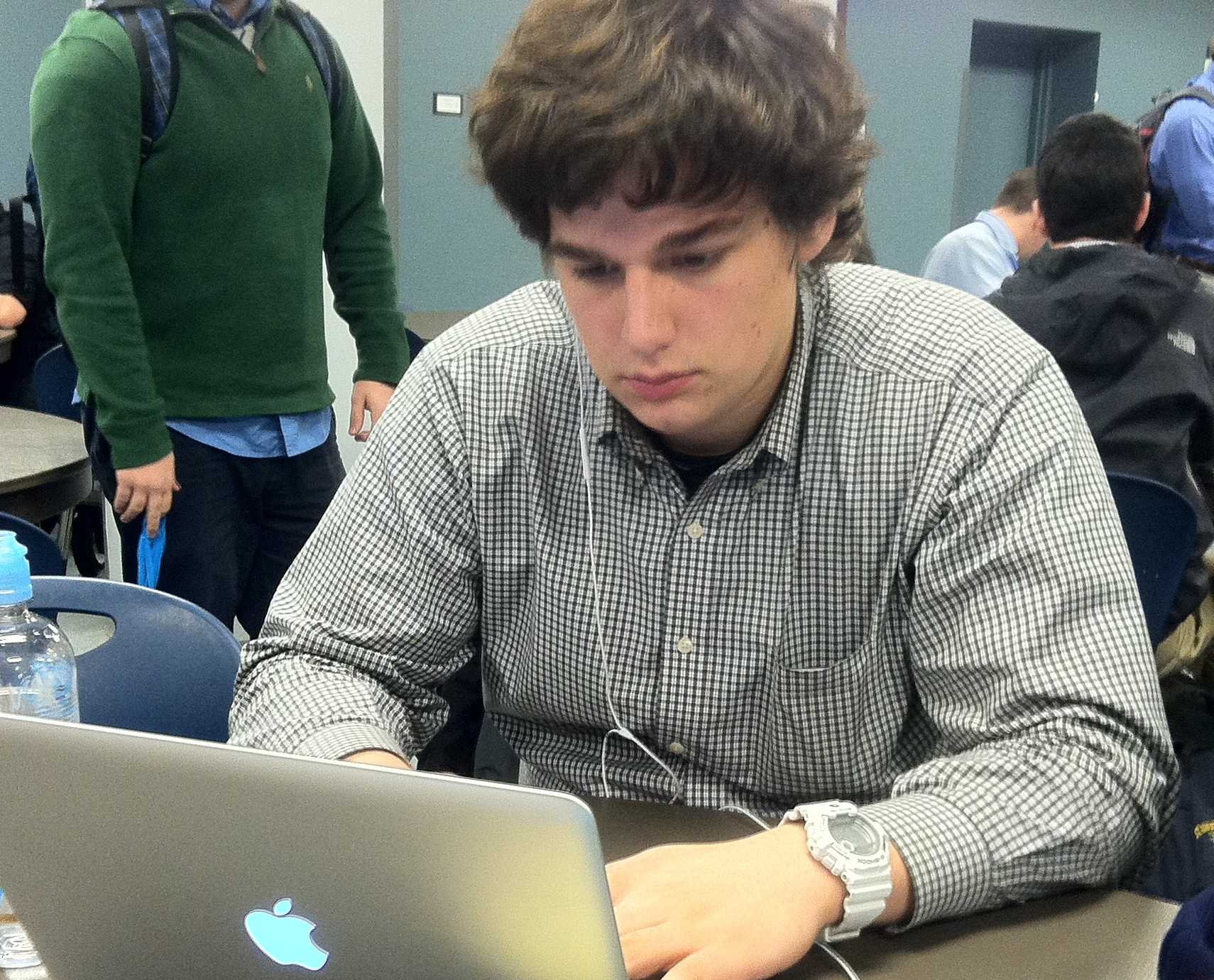by Alastair Pearson ‘14
As a result of decisions by the administration, a number of changes went into effect last week aimed at restructuring the student email interface. Specifically, the previous option to send “all-student,” “all-network,” “all-faculty,” or “all-class” emails has been removed, as well as student-to-student chatting on Google Drive. According to Mr. Bradesca, the new policies reflect a basic reality of digital communication: “Email is not a hangout or a blog. It’s meant for public communication – for example, if the president of the chess club wants to send an email to the student body, he should be able to do that.”
However, there are certainly instances in which the administration believes students should not be privileged to contact the entire Ignatius community. Mr. Bradesca, interviewed the day after a now-notorious email by freshman Charley Heintel that sparked a seemingly endless chain of replies, cited that correspondence as “a perfect example of what we’re talking about.” The principal stressed the importance of keeping dialogue on-topic and limiting all-student conversation to communication actually relevant to the entire student body. Otherwise, he says, “You end up clogging up people’s inboxes with dozens of emails that are really intended for small groups, that aren’t pertinent.”
In fact, Mr. Bradesca revealed, the changes have not been restricted to the student body. “The same kind of thing has been done with teachers. Now only a certain number of teachers and administrators can contact the entire network.” The process for deciding who can contact the entire network follows a line of logic that Mr. Bradesca believes is in accordance with the fundamental basis of our society. “The editor of the Eye or a student council member should be able to send emails to the entire student body. This is how a democratic society should function. Elected representatives can easily communicate with their constituents, and students can reply specifically back to their leaders.”
Finally, the principal stressed that the new policies are fluid and will reflect student input. “Sure, the possibility for change is always in play as we become further along in this process.” Mr. Bradesca had warm praise for a particularly eloquent email by junior Benjamin Seeley, which proposed a new way of viewing the email issue: “the solution to the issue at hand is really quite simple: to set up an online forum for students, dedicated to wholesome discussion, constructive commentary, unbridled expression, and–yes–innocuously juvenile behavior.” Mr Bradesca affirmed that after reading Seeley’s suggestion, “I was impressed. He raises some very good points. It’s just a matter of finding the best solution.”
At this point, neither the changes to the Google Drive chat or the all-students email option are set in stone. The administration is committed to finding a middle ground that satisfies all parties while creating a more productive, appropriate email framework.






